Windows Taskbar Fungerer Ikke i Windows 11 – 6 Løsninger
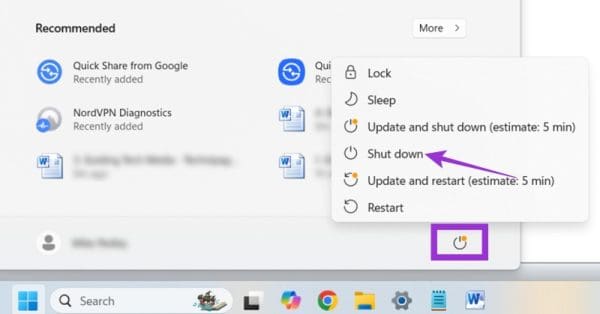
Find ud af hvad du skal gøre, når Windows Taskbar ikke fungerer i Windows 11, med en liste af dokumenterede løsninger og fejlfindingstips at prøve.

Windows Stifinder er porten til den grafiske brugergrænseflade (GUI), som vi navigerer i Windows-operativsystemet med. Det er brugerskallen, der lader os udforske skrivebordet, filhåndteringen, startmenuen og proceslinjen. I visse situationer kan det være nødvendigt at genstarte Windows Stifinder, f.eks. når et eller flere elementer begynder at fejle eller skærmen fryser.
Genstart af Windows Stifinder fungerer som at genstarte et hvilket som helst andet program - det lukker brugergrænsefladen og starter den op igen. Dette kan ofte løse små problemer, som kan opstå under brug. Det er en hurtig og effektiv metode til at rette en hakkende skrivebordsoplevelse.
Husk, at du kan afslutte Windows Stifinder uden at genstarte det. Dette vil dog efterlade en tom skærm uden proceslinje eller startmenu.
Relateret: Hvordan nulstiller du Windows 11
Her er de forskellige metoder til at genstarte Windows Stifinder på Windows 11:
Åbn Task Manager ved at trykke på Ctrl + Shift + Esc. Du kan også højreklikke på Start-menuen og vælge Task Manager.
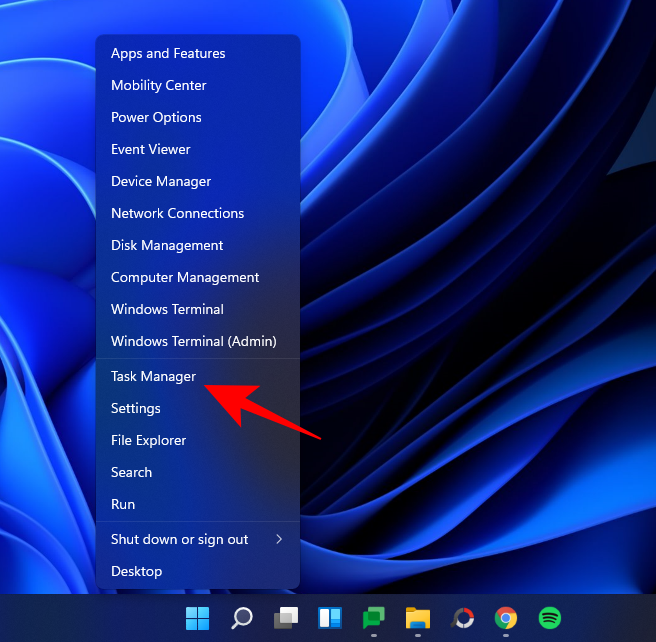
Vælg Flere detaljer, hvis Task Manager åbner i miniatureform. Rul ned for at finde Windows Stifinder og vælg det. Klik på Genstart i nederste højre hjørne.

Åbn kommandoprompt ved at trykke på Start, skrive cmd, og klikke på Kør som administrator.
Skriv følgende kommando for at lukke Windows Stifinder:
taskkill /f /im explorer.exe

Skrivebordet vil blive sort, og Start-menuen vil forsvinde. For at starte det igen, skriv:
start explorer.exe

Opret et batchscript for let fremover at genstarte Windows Stifinder. Højreklik på skrivebordet og vælg Ny > Tekstdokument.
Skriv følgende kommandoer i notesblok:
@echo off
taskkill /f /im explorer.exe
start explorer.exeGem filen med filtypenavn .bat. Dobbeltklik på denne fil for at køre skriptet næste gang, du skal genstarte Windows Stifinder.
For nem adgang kan du tilføje en genstartmulighed til kontekstmenuen. Opret en registreringsfil med følgende indhold:
Windows Registry Editor Version 5.00
[HKEY_CLASSES_ROOT\DesktopBackground\Shell\Restart Explorer]
"icon"="explorer.exe"
"Position"="Bottom"
"SubCommands"=""
[HKEY_CLASSES_ROOT\DesktopBackground\Shell\Restart Explorer\shell\01menu]
"MUIVerb"="Restart Explorer Now"
[HKEY_CLASSES_ROOT\DesktopBackground\Shell\Restart Explorer\shell\01menu\command]
@=hex(2):63,00,6d,00,64,00,2e,00,65,00,78,00,65,00,20,00,2f,00,63,00,20,00,74,61,73,00,6b,00,6c,00,69,00,6c,00,6c,00,20,00,2f,00,66,00,20,00
Dobbeltklik på den nyoprettede registreringsfil for at tilføje genstartmuligheden til kontekstmenuen.
Hvis Windows Stifinder er stoppet med at fungere, kan du prøve at følge disse trin:
Systemfiler kan være beskadiget. Åbn kommandoprompt og skriv sfc /scannow. Dette vil scanne for beskadigede filer og forsøge at reparere dem.

For at sikre at problemet ikke skyldes en tredjepartsapp, genstart i fejlsikret tilstand. Tryk på Start, klik på Power, og vælg Genstart mens du holder Shift tasten nede.
Udfør en fuld virus-scanning med dit antivirusprogram. Dette kan afsløre eventuelle trusler, der kan påvirke systemets stabilitet.
Ja, det er sikkert at afslutte Windows Stifinder. Det kan hjælpe med at løse problemer, men afslut ellers ikke uden at starte det op igen.
Normalt behøver du ikke at genstarte Windows Stifinder. Gør det kun, hvis der er ændringer i registreringsdatabasen, eller hvis du oplever problemer.
Ofte skyldes det tredjeparts software eller virusser. Kontroller regelmæssigt for opdateringer og skadelig software.
Nej, dine data går ikke tabt. Kun brugergrænsefladen bliver reset.
Ja, kopiering og indsætning forbliver funktionel under genstarten.
Ja, men det kan kræve, at du navigerer tilbage til de filer, du havde åbne.

Find ud af hvad du skal gøre, når Windows Taskbar ikke fungerer i Windows 11, med en liste af dokumenterede løsninger og fejlfindingstips at prøve.
Oplever du, at din Amazon Fire tablet ikke vil tænde? Læs denne artikel for at opdage trin-for-trin metoder til at løse problemet.
Med Windows 11 har Microsoft i høj grad understøttet Windows Stifinder og centraliseret hele oplevelsen. Læs hvordan du <strong>genstarter Windows Stifinder</strong> og hvad der sker, når du gør det.
Der er mange grunde til, at din bærbare computer ikke kan oprette forbindelse til WiFi, og derfor er der mange måder at løse fejlen på. Hvis din bærbare computer ikke kan oprette forbindelse til WiFi, kan du prøve følgende metoder til at løse problemet.
Efter oprettelse af en USB-opstart for at installere Windows, bør brugerne kontrollere USB-opstartens ydeevne for at se, om den blev oprettet korrekt eller ej.
Adskillige gratis værktøjer kan forudsige drevfejl, før de sker, hvilket giver dig tid til at sikkerhedskopiere dine data og udskifte drevet i tide.
Med de rigtige værktøjer kan du scanne dit system og fjerne spyware, adware og andre ondsindede programmer, der muligvis lurer på dit system.
Når en computer, mobilenhed eller printer forsøger at oprette forbindelse til en Microsoft Windows-computer via et netværk, kan fejlmeddelelsen "netværksstien blev ikke fundet" — Fejl 0x80070035 — vises muligvis.
Blå skærm (BSOD) er en almindelig og ikke ny fejl i Windows, når computeren oplever en alvorlig systemfejl.
I stedet for at udføre manuelle og direkte adgangshandlinger på Windows, kan vi erstatte dem med tilgængelige CMD-kommandoer for hurtigere adgang.
Efter utallige timers brug af deres bærbare computer og stationære højttalersystem, opdager mange, at et par smarte opgraderinger kan forvandle deres trange kollegieværelse til det ultimative streamingcenter uden at sprænge budgettet.
Internet Explorer vil blive fjernet fra Windows 11. I denne artikel vil WebTech360 guide dig til, hvordan du bruger Internet Explorer på Windows 11.
En bærbar computers touchpad er ikke kun til at pege, klikke og zoome med. Den rektangulære overflade understøtter også bevægelser, der giver dig mulighed for at skifte mellem apps, styre medieafspilning, administrere filer og endda se notifikationer.
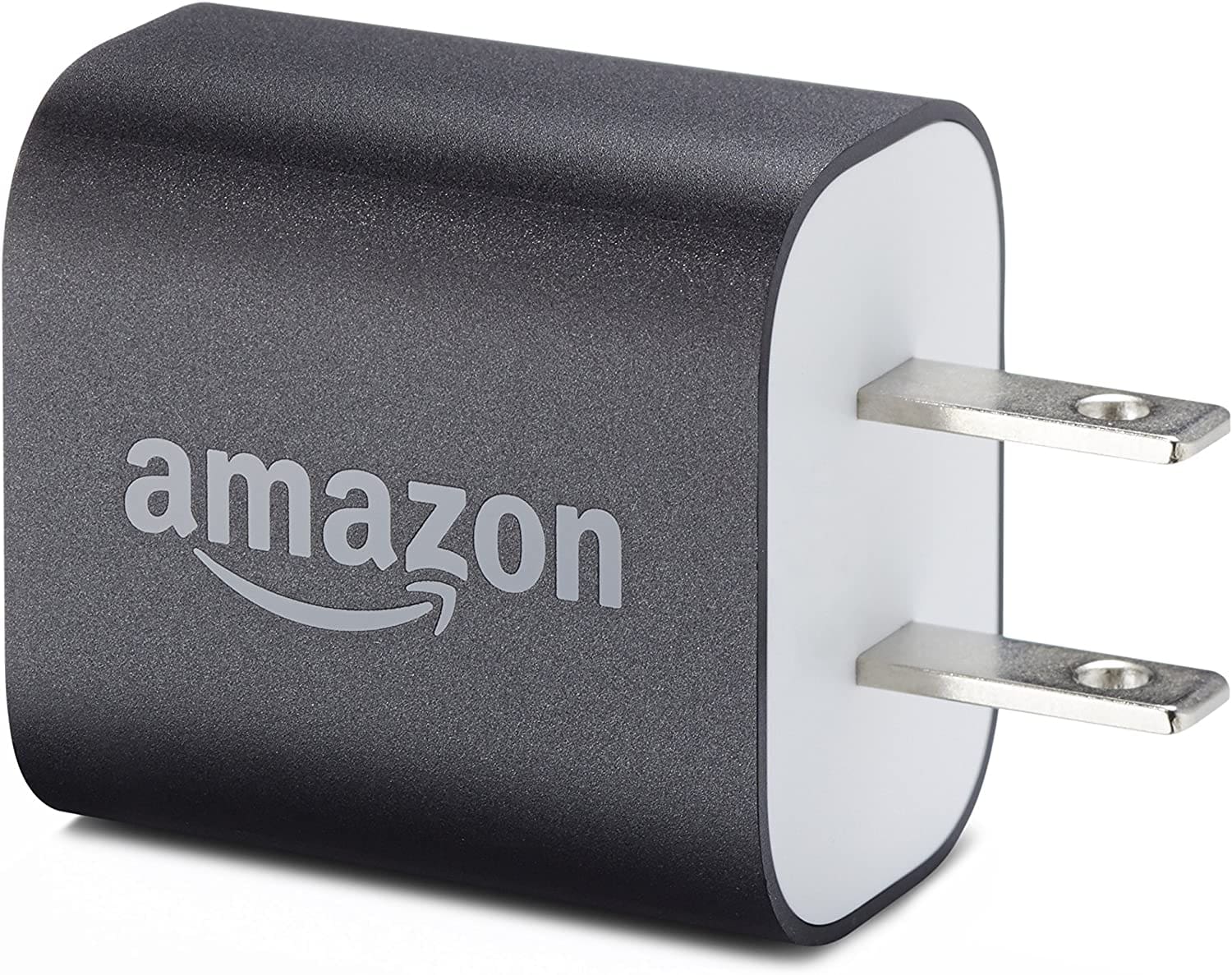
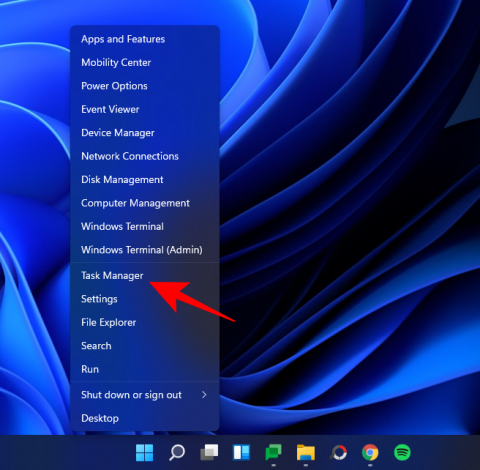
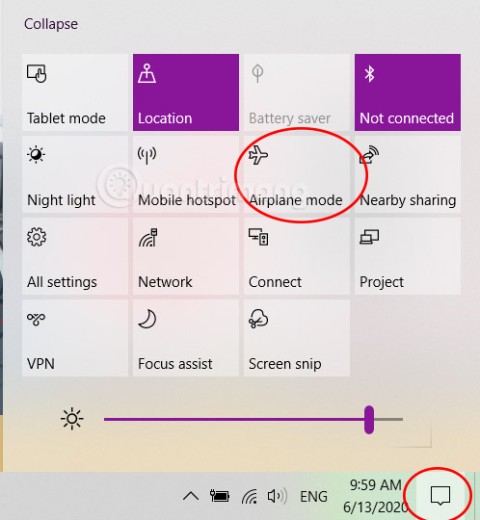
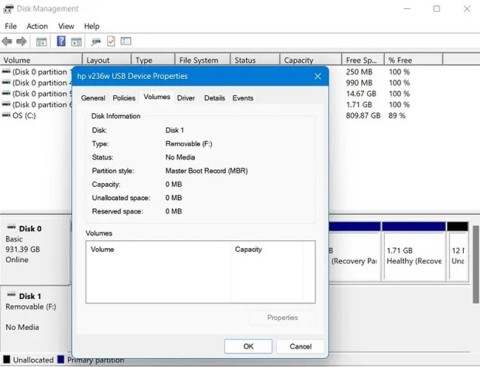
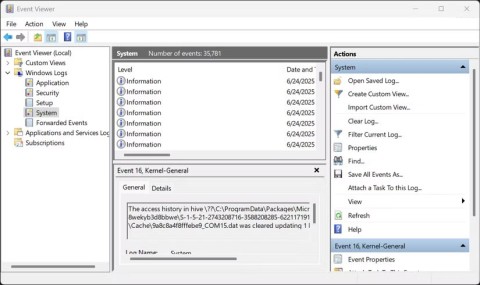
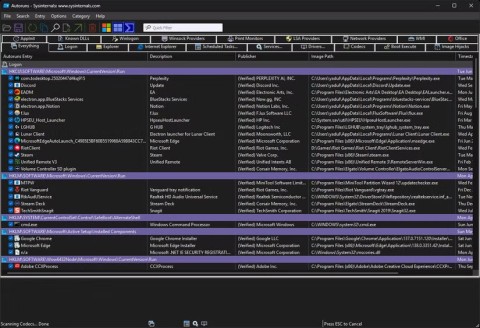
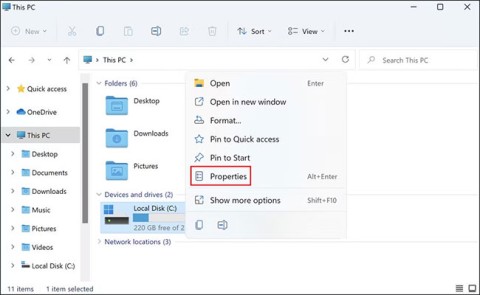

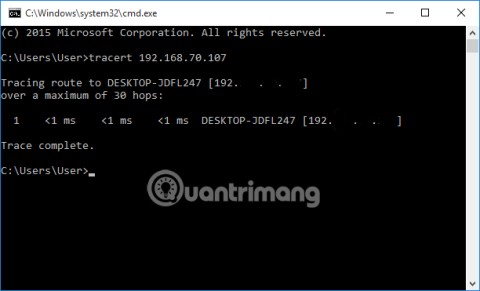
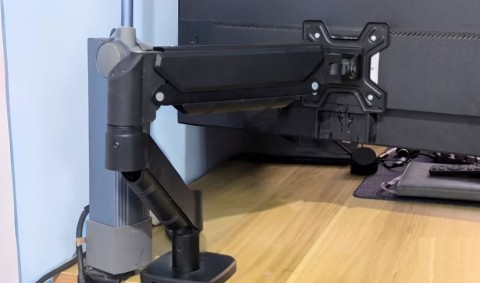
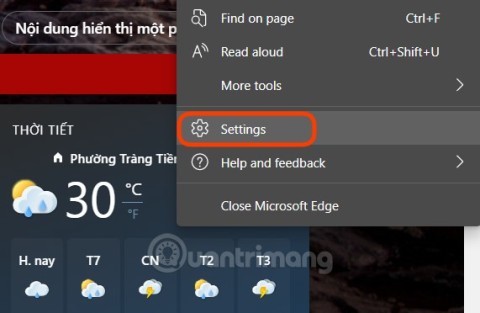
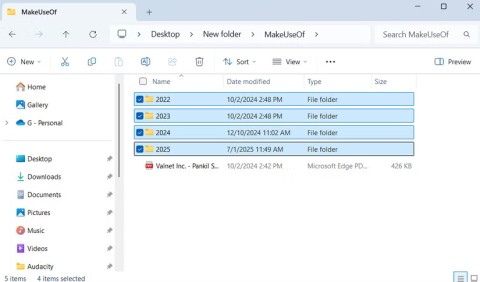
Thyra -
Virkelig nyttig vejledning. Det var let at følge med! Elsker Windows 11, men de små fejl kan være frustrerende
Isabella -
Tillykke med en god artikel! Alt ser ud til at være klart forklaret!
Mikkel -
Hvordan ved man, om Stifinder virkelig er nedbrudt? Nogle gange fryser det jo bare!
Ida Sørensen -
Jeg kan godt lide, at der er en trin-for-trin guide her. Mere af det, please
Frida -
Jeg har altid været bange for at trykke på forkert, men nu tør jeg endelig at genstarte Stifinder!
Amalie B. -
Fandens, det her virker! Tak fordi du delte. Min computer er alt for langsom uden Stifinder
Simon N. -
Har lige genstartet Stifinder, og nu kører min PC meget bedre! Fantastisk
Petra K. -
Er der en genvejstast til at genstarte Stifinder? Det ville gøre processen meget hurtigere for mig!
Victor -
Jeg er så glad for denne artikel, jeg har manglet klar vejledning til at håndtere Stifinder. Mange tak
Clara -
Skal bare huske at gemme mine filer, før jeg gør det næste gang. Det ville være en skam at miste noget!
Helena -
Flott skrevet! Jeg lærer altid noget nyt hver gang jeg læser sådanne artikler. Tak
Frederik -
Hvad skal jeg gøre, hvis genstart af Stifinder ikke løser problemet? Er der andre løsninger?
Lars123 -
Jeg skulle have læst dette tidligere. Har så mange gange været nødt til at lukke hele computeren ned
Oscar B. -
Jeg indså først nu, at Stifinder kunne genstartes! Interessant info, tak for det
Karl H. -
Har haft et par problemer med min Windows 11. Mener du, at genstart af Stifinder kan hjælpe med større problemer også
Mathias -
Selv om det lyder simpelt, så glemmer man tit at genstarte Stifinder. God reminder!
Lone IT -
Hvad er det mest almindelige problem med Stifinder? Jeg oplever flere mærkelige fejl
Maria Hansen -
Jeg undrer mig over, hvad der adskiller at genstarte Stifinder fra at genstarte hele computeren? Kan nogen forklare det
Katrine -
Tak for hjælpen! Jeg har lige haft en situation, hvor Stifinder var fryset. Din guide gjorde det nemt at genstarte.
Jakob IT -
Godt skrevet - jeg kunne virkelig bruge denne information i dag. Har haft stifinder problemer i flere uger
PernilleC -
Blot en hurtig tak for at dele! Ding, ding ding, jeg kan nu genstarte Stifinder uden besvær
Laura Jørgensen -
Jeg elsker, når der er en så grundig guide! Det hjælper både nybegyndere og os mere erfarne brugere
Claus M. -
Det er fantastisk, hvordan små ting som at genstarte Stifinder kan gøre en stor forskel!
Søren Andersen -
Sejt indlæg! Aftalen mellem Windows 11 og Stifinder kan være ret tricky til tider
Emil -
Det er sjovt, så enkelt det er at genstarte Stifinder, men hvor meget tid det kan spare! Tak for detaljerne!
Thomas0902 -
Genstart af Stifinder er en livredder! Har klaret mange udfordringer på denne måde
Vibeke -
En lille bemærkning: Det ville være fantastisk, hvis der var flere billeder til at guide os gennem processen.
Sofie M. -
Jeg har altid haft problemer med Stifinder. Nu hvor jeg ved, hvordan man genstarter det, føler jeg mig mere sikker! Tak!
Onkel Hans -
Selv jeg, en ældre mand, kunne følge dine instruktioner. Det er værd at dele med vennerne!
Rasmus 123 -
Hvorfor sker det dog så ofte, at Windows Stifinder crasher? Er der noget, vi kan gøre for at forhindre det
Anders -
Fantastisk artikel! Jeg har ofte problemer med Windows Stifinder, og det er godt at vide, hvordan jeg kan genstarte det. Tak for tipsene
Jens P. -
Kunne du overveje at lave en video om, hvordan man genstarter Stifinder? Det ville være super nyttigt